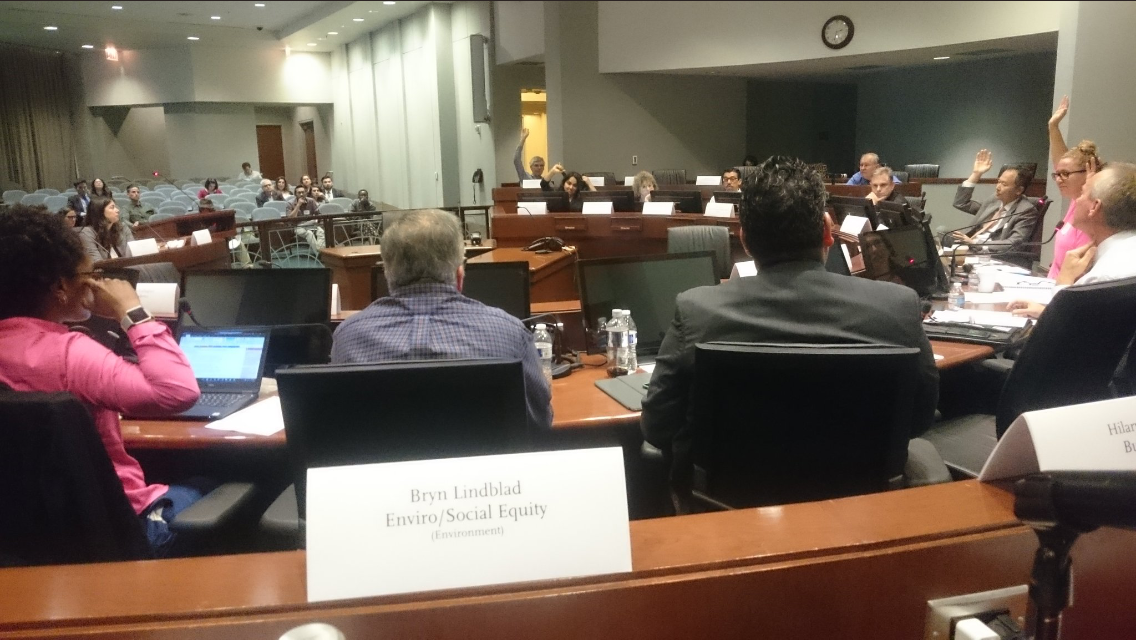
Discussions at this month’s Metro Policy Advisory Council (PAC) were focused on public participation and performance measures for Measure M’s Multi-Year Subregional Program (MSP) Administrative Guidelines.
Each COG is responsible for developing a Public Participation Element (PPE) as part of their MSP 5-Year Plan. This PPE is supposed to include processes and strategies for engaging key interest groups, like cities, Not surprisingly, conversation around public participation was tense, given the numerous times various representatives used some version of “let’s agree to disagree.” The tension centered around consumer representatives expressing the need for more meaningful public engagement around selection of projects, while local government representatives expressed that they already do this. In the end, the draft MSP Public Participation plan was amended to include language asking subregions to consult with stakeholders on the development of the public participation element of their MSP 5-year Plan.
Metro staff presented to the council three potential ways in which performance measures could be used by subregions:
In regards to option 1, similar concerns to those expressed at earlier PAC meetings resurfaced, such as the challenges in requiring all subregions, each with different staff capacities to invest time and money into the research and analysis efforts needed to meaningfully apply a metric to projects within their MSP Plan. Therese McMillan also stated that while Metro could provide guidance on selecting data sources and on methodology, they do not have staff capacity to provide in-depth analysis for all possible projects. Council co-chair Jessica Meaney proposed the idea of finding one universal measure that could be applied to all projects. While the council were generally unsure of the need for this, an audience member from the public health discipline advocated for using pedestrian mortality as a universal performance metric for all subregions to get behind. Others spoke in favor of a VMT metric as way to form a cohesive strategy for the county.
In the end the council voted for option 2, with an amendment giving subregions the ability to select quantitative measures to apply to their projects if so desired.
The next PAC meeting is December 5, at 1:30pm at Metro’s headquarters in Downtown LA. It’s expected that the PAC will soon shift its focus to the themes that will guide the Long Range Transportation Plan (LRTP) update, starting with Equity and Transit-Oriented Communities.
Any questions or concerns? Feel free to leave a comment on this post!